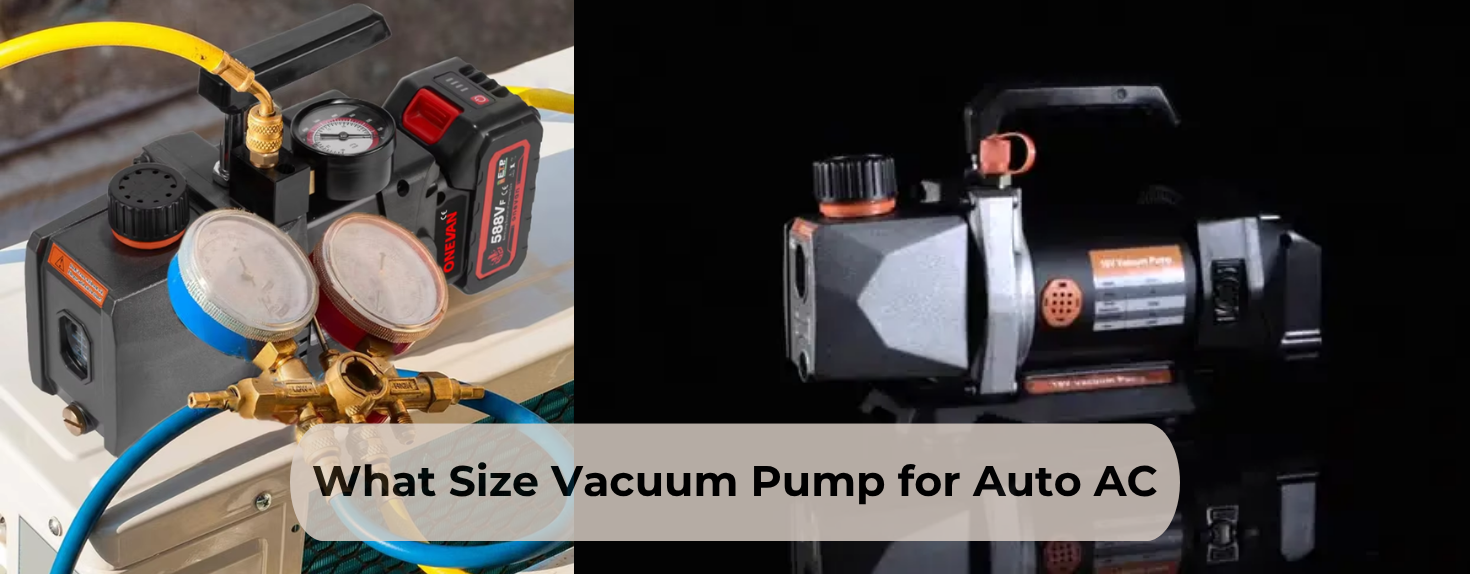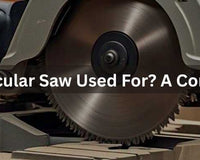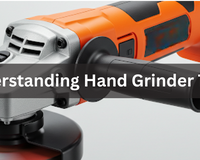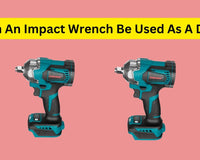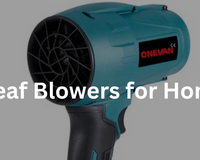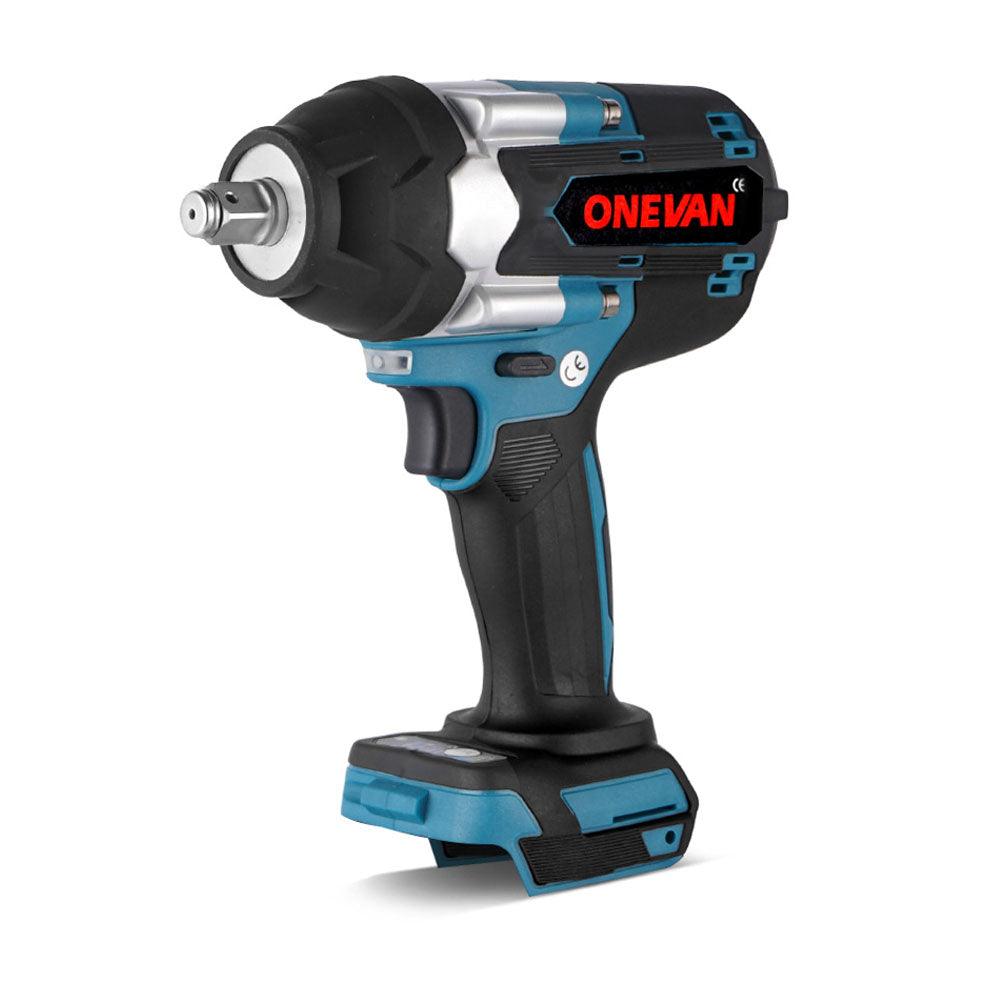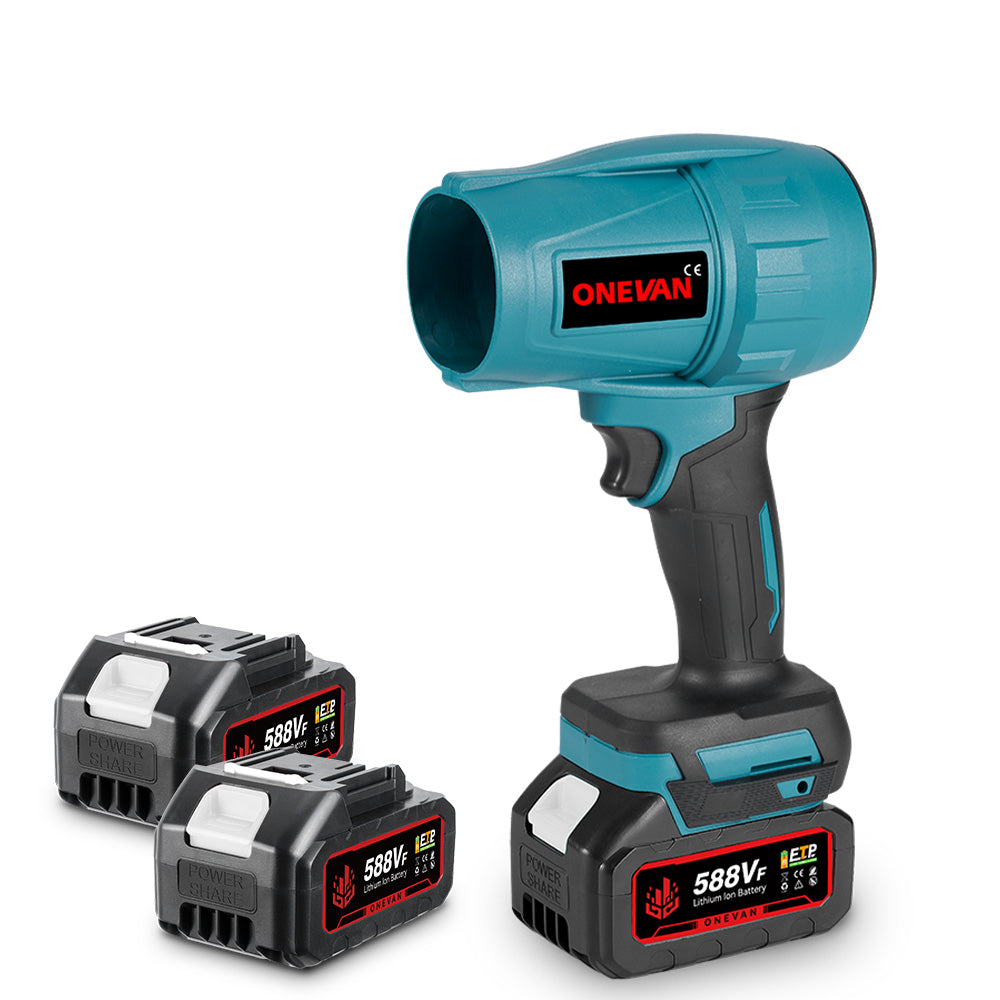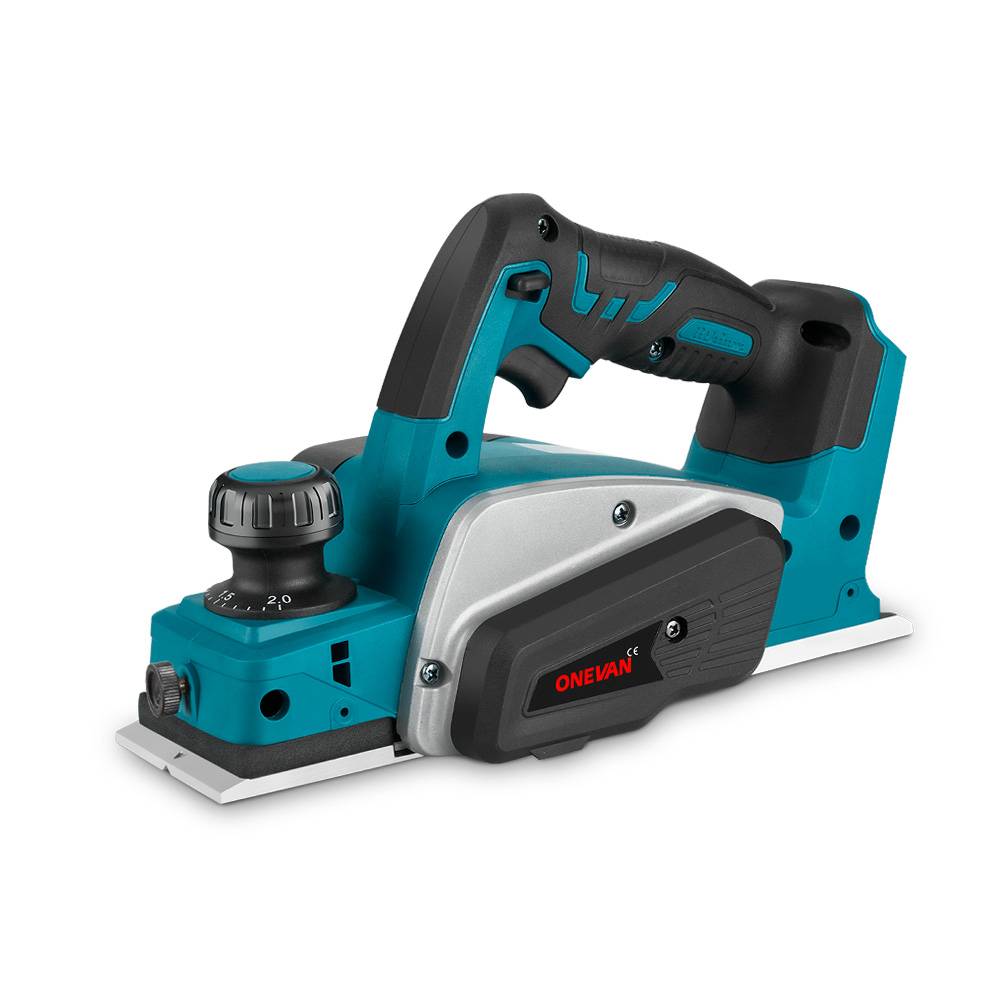1. Introduction
Selecting the appropriate vacuum pump size for a car air conditioning (A/C) system is one of the most important tasks. A vacuum pump is important for removing air, moisture, and contaminants from the system prior to charging it with refrigerant. However, there are several sizes of residential AC vacuum pumps available, so it is always perplexing to determine what size vacuum pump for residential AC would fit.
The effectiveness and speed at which your system reaches the deep vacuum level necessary for optimum A/C performance depend on the size of the vacuum pump. Efforts to use either a unit that is underpowered or oversized may have an impact on evacuation time, system life and the total cooling performance.
Cordless vacuum pumps are growing in popularity among technicians and home mechanics. The ONEVAN Cordless Vacuum Pump product, designed to be used with cars, will have portability, performance and convenience in use since you will not bother with cords or power outlets when servicing your automotive A/C systems.
2. Understanding Vacuum Pump Specifications Relevant to Auto AC
What Is Vacuum Pump Size? (CFM and Microns)
The size of a vacuum pump is commonly given out in CFM ( Cub ic Feet per Minute ) - the amount of air that the pump can pump within a minute. In the case of auto A/C, the pumps used are normally 1.5 CFM to 7 CFM. The greater the CFM, the greater the speed of the evacuation process.
However, the matter does not solely revolve around CFM. Micron rating is another critical specification that can be used to say how deep the of vacuum can go. A smaller micron value indicates a deeper and cleaner vacuum, but an automotive system will ideally have below 500 microns. In simple terms:
- CFM = Speed (travel speed)
- Microns = Quality (depth of the vacuum)
A typical car A/C system will require a 5-6 CFM vacuum pump that has a deep micron rating.. This equilibrium will guarantee a balance between speed and accuracy in terms of servicing or getting the system recharged.
Typical Vacuum Pump Sizes Available for Auto AC
The following is a brief outline of widely used sizes of pumps and their appropriateness:
- 3 CFM: It fits in the smaller or compact car A/C systems. Good choice for novice users or amateur mechanics.
- 5 CFM: It is the most used option for regular cars and light trucks; it can be considered a good balance of performance and portability.
- 6 CFM: Professional and they are faster to evacuate and create a deeper vacuum.
- 7 CFM: It should fit bigger vehicles, SUVs, and in an event where there are many A/C systems to be serviced in a day.
An example of a cordless vacuum pump, such as the ONEVAN Cordless Vacuum Pump for carsin the 5-6 CFM range, can be chosen by users who would like to enjoy the mobility but do not want to lose out the functionality of a vacuum pump.
3. Factors Influencing the Choice of Vacuum Pump Size for Auto AC
Size of Vehicle’s AC System
The vacuum pump should be larger for a larger A/C system. For example:
- Short line length in compact cars—generally smaller vehicles with refrigerant capacities of less than 150 psi—will be adequately served by a 3-4 CFM pump.
- Sedans and SUVs: They need more in-depth and quicker vacuuming, and the 5-6 CFM vacuum cleaner is most effective.
- Commercial Vehicles or Vans: These vehicles may be using 7 CFM or better quality pumps in order to evacuate faster.
A good general rule is: Bigger system = Higher CFM pump.
Frequency and Intensity of Use
The frequency of use directly determines the appropriate vacuum pump to use:
- DIY Home Mechanic: The only tool that gets a home mechanic to the DIY level is a small 3–5 CFM Cordless Vacuum Pump, which is easy to manage and only sufficient to meet its purpose.
- Professional Mechanic: A 6–7 CFM electric vacuum pump is suitable for a high-load workshop because it enables quick and frequent service processes.
The Cordless Vacuum Pump is a suitable solution, as it is designed to be durable and accurate while remaining compact enough for daily use in any garage, making it a viable option for both professionals and home users.
Desired Evacuation Speed and Efficiency
CFM rating has a direct impact on the speed with which the vacuum pump is able to get the system pressure down.
- A 3 CFM pump will be more likely to take a longer time to reach the desired vacuum.
- A 6-7 CFM pump has the ability to escalate under 500 microns at a significantly quicker pace.
Quick evacuating assists in eliminating moisture and air in the system, and it prevents any form of problems, such as the formation of acid or the blocking of ice in the A/C lines. This process aims to reach and maintain a deep vacuum in the system, ensuring that no moisture is present before recharging.
4. Pros and Cons of Different Vacuum Pump Sizes
Smaller Pumps (Under 5 CFM)
Pros:
- Lightweight and portable
- Energy-efficient
- Perfect fit with smaller or smaller passenger or automobile-based A/C systems.
- Perfect for DIY users
Cons:
- Slower evacuation times
- May not be comfortable working with bigger systems.
- Professionally limited.
Medium-Sized Pumps (5–7 CFM)
Pros:
- Well-balanced power and portability.
- Fits with the majority of car and SUV A/C systems.
- Delivers quick and profound vacuum levels.
- Dependable both personally and professionally.
Cons:
- A little more expensive than petite pumps.
- Oil maintenance.
Large Pumps (Above 7 CFM)
Pros:
- Extremely fast evacuation
- Excellent fleet service or heavy car performance.
- Deals with several systems simultaneously.
Cons:
- Bulky and heavy
- Excessive when used in normal passenger cars.
- Consumes more power
For most automotive technicians, the 5-6 CFM ONEVAN Cordless Vacuum Pump provides the perfect combination of speed, performance, and flexibility without the extra weight or power consumption.
5. Additional Features to Consider When Choosing a Vacuum Pump
Pump Oil Type and Maintenance Requirements
Oil is very crucial in performance levels and the lifespan of a vacuum pump. It serves as a sealant in the pump mechanism, and it assists in the attainment of the high vacuum levels necessary to evacuate the A/C system. However, not every pump operates on oil in the same manner. It's essential to learn how to distinguish among them for easier and more efficient maintenance.
- Oil-Sealed Pumps: This type of pump is realistic in terms of low vacuum and the ability to deliver stability throughout the duration of operation. However, they require frequent oil replenishment to dislodge moisture or other substances that may be accumulated during operation. Clean oil not only increases their efficiency, but it also extends the lifespan of the internal parts.
- Oil-Free Models: They need less maintenance and are ideal for those customers who put a firm emphasis on convenience. Although they are simpler to service, they might not get the same depth of vacuum as oil-sealed types and would be more useful in light or infrequent A/C service.
However, whichever version you acquire, this does not mean that you should neglect taking care of the vacuum cleaner to ensure it keeps running quietly and smoothly and in a reliable manner. Regularly checking levels of oil, changing filters, and sealing will assist in the maintenance of high levels of suction power and prevailing similarities in terms of consistent vacuum performance during its service.
Power Sources: Electric Corded, Battery Powered, and Pneumatic
The vacuum pumps come in various power configurations that are all suited to a given working environment and user requirement. The knowledge of those options will help you choose which one is the best fit for your space to work and the working process.
- Electric Corded: These are the most popular types of pumps that are used in professional workshops. They give the constant, consistent power performance and are the most appropriate to operate for a day. They are limited to connection with a nearby power supply, which may restrict mobility.
- Battery Powered (Cordless): These are gaining popularity among mobile technicians and home mechanics. An example of such is a Cordless Vacuum Pump, which gives the total freedom and flexibility to operate anywhere, be it a garage or an outside service area, without being attached to power cords. Although their design is portable, it remains superior in suction and structural life, which makes them a smart alternative to use in servicing auto A/C.
- Pneumatic: These pumps are powered by compressed air and are primarily used in industrial settings. They are high-performance and need an air compressor system; thus, they are not as popularly used in cars.
In the modern automobile service industry, cordless units are increasingly becoming the preferred choice due to their focus on mobility, convenience, and time efficiency. They are very handy to the technicians who often travel to the service bays or do field maintenance where power is not readily available.
Noise Level and Build Quality
Comfort and durability are more important when choosing a vacuum pump, rather than performance. A low-noise pump and a sense of stability during its operation assist in reducing fatigue, particularly in the case of technicians who have to spend long hours in a busy workshop.
- Find the levels of noise under 70 dB to make the functioning process less noisy and more comfortable.
- Select high-quality funds, including aluminium or reinforced steel models, which can offer lasting strength and also higher resistance to wear and tear.
- Characteristics such as anti-vibration mounts and shock-resistant designs help reduce movement and sound levels during operation, ensuring smooth and stable performance.
High-end solutions such as the ONEVAN cordless vacuum pump on cars are capable of delivering all these features easily, creating a sturdy, highly-constructed design capable of not just being an efficient solution, but also withstanding heavy, high-volume utilisation. Its compact design and low-noise operation provide a distinctive advantage for both professional and DIY users who prioritise power, precision, and consistent performance.
6. Conclusion
The selection of the appropriate vacuum pump size for an automotive A/C system is determined by several key factors: the size of your A/C system, the frequency of maintenance, and the desired speed of the evacuation process.. The 5-6 CFM pump is the ideal choice on most vehicles in terms of quickness, efficiency, and user-friendliness.
Whether it is a professional mechanic who works on several cars a day or a DIY enthusiast who works on their own car, investing in a reliable Cordless Vacuum Pump for cars is always sure to produce better outcomes. It helps achieve enhanced vacuum conditions, rapid evacuation rates, and excellent long-term A/C performance—keeping your system dry and clean..
The ONEVAN Cordless Vacuum Pump is one of the products that remain in this field, being a high-efficiency, portable, and reliable product. It has been specifically designed to fit in automotive A/C units, where it provides the liberty to work at any location, holding a professional level performance, which guarantees efficiency, accuracy and reliability to the process of A/C service in cars.
7. FAQ
1. What happens if I use a vacuum pump that's too small or too large?
When the pump is too small, it will require more time to vacuum the system, and thus, it may have moisture remaining. An oversized pump is inefficient and may be bulky when single A/C systems are involved. A pump of 5-6 CFM is suitable for the majority of cars.
2. Can a smaller pump damage my car's AC system?
No, a smaller pump may not completely remove air and moisture, leading to reduced cooling efficiency.. It is always necessary to ensure that you attain a vacuum of less than 500 microns before recharging.
3. How long does it take to vacuum a car's AC system with different-sized pumps?
- 3 CFM pump: 30–45 minutes
- 5–6 CFM pump: 15–25 minutes
- 7 CFM pump: 10–15 minutes
To achieve quicker, cordless functionality, a ONEVAN Cordless Vacuum Pump for carsin the 5-6 CFM category is a very excellent measure to achieve dependable A/C evacuation prosperity.

